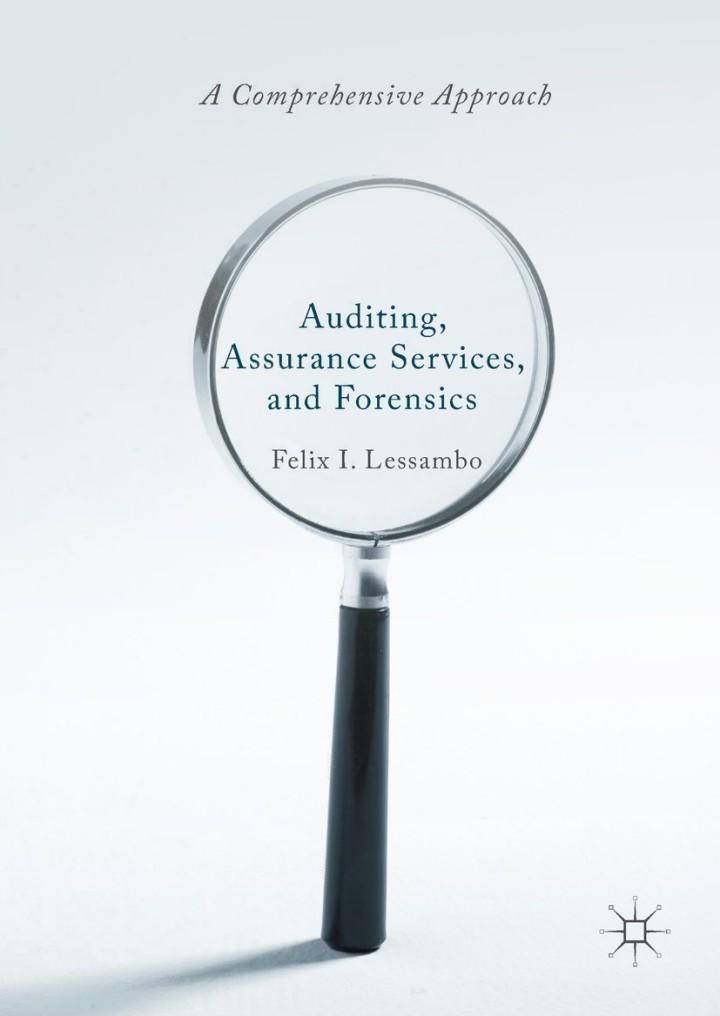Question
Desiree is a small business owner who is looking for some advice from you. She started her business, Desirees Designs, earlier this year. With a
Desiree is a small business owner who is looking for some advice from you. She started her business, Desirees Designs, earlier this year. With a natural talent for crafts, Desiree has been building and selling a variety of handmade products such as jewellery, childrens toys, and decorative signs. On average, she charges $15 for a piece of jewellery, $20 for a childrens toy, and $100 for a sign. The jewellery and toys are made according to Desirees creative vision, but she customizes the signs to what her customers want (ex. design, colour, words, etc). So far, 1/4 of the way through the year, the sales revenues break down as follows: Jewellery Toys Signs $2,700 $1,800 $2,600
Desiree estimates that, on average, she spends a half-hour on each piece of jewellery, forty-five minutes on each toy, and one hour on each sign. Her pricing varies slightly in rough proportion with time spent on a particular project, but she suspects that she is within 10% of the product average most of the time.
Desiree has been told that, as a sole proprietor, she would be responsible for remitting both the employee and employer portions of CPP contributions. She wants confirmation on this. She is planning on opting out of EI program, though she is not sure about all of the benefits and drawbacks of doing so.
She used to earn an annual salary of $48,000 per year as an employee. She expects to be earning the same amount in sales revenues by the end of this year ($4,000 in revenues in December). She is wondering what her take-home pay might be and what her biweekly payroll journal entries might look like, assuming her two estimates hold true: 1. Operating costs equal 25% of revenues. 2. Her effective personal income tax rate is 20%.
Desiree has some money invested in 5.50% preferred shares which she plans to sell when the need arises. She is aware that it might take some for her business to become successful, so she is planning to strategically sell shares over time to obtain funds to invest in her business and live on. She is wondering how these preferred share investments would be categorized under IFRS 9 and what the correct reporting process is.
Desiree is considering buying woodworking equipment which will help her complete more work. The cost of this equipment is $6,000 and it will likely last 5 years. At the end of its life, the equipment can be scrapped for $1,000. Desiree feels that the equipment will be used more as her business grows. She is wondering what an appropriate depreciation strategy might be. She wants details about the journal entries and accounting treatments, along with a recommendation on buying the equipment. With investment into machinery, Desiree believes her sales can grow at 10% per year for the next three years (assume December pace is the starting point for year two). Without buying the equipment, she believes there will be 10% growth next year, but only 5% in the following year and 0% the year after that.
Desiree is happy to start her own business- she felt that her work as an employee was at a dead-end and there wouldnt have been significant salary increases for a while. However, she is worried about making enough money to survive. She feels that she needs to eventually earn at least as much as she used to as an employee. Please advise Desiree on continuing this business compared to returning to employment. Also, give her any business recommendations you can.
Step by Step Solution
There are 3 Steps involved in it
Step: 1

Get Instant Access to Expert-Tailored Solutions
See step-by-step solutions with expert insights and AI powered tools for academic success
Step: 2

Step: 3

Ace Your Homework with AI
Get the answers you need in no time with our AI-driven, step-by-step assistance
Get Started


